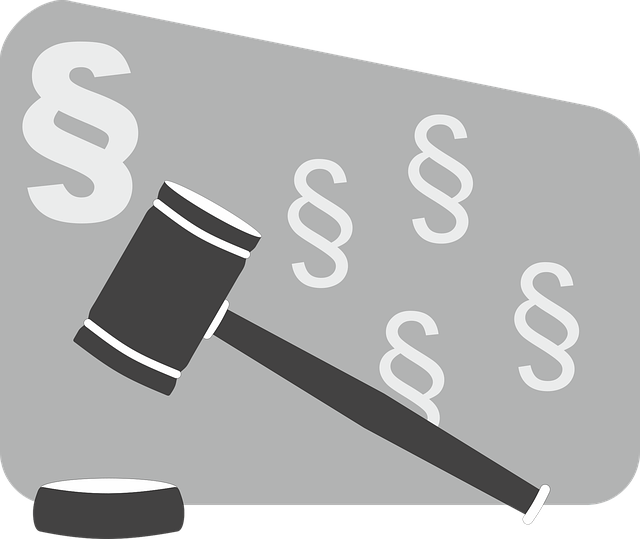Robust regulatory frameworks, centered around the Select Emissions Regulations, safeguard the environment and public health by setting specific pollutant limits. These regulations, coupled with reduction programs, energy efficiency laws, and natural resource conservation, minimize pollution legally. Stricter vehicle emission controls, as mandated, reduce harmful emissions contributing to local pollution and climate change. A multi-faceted approach, including government implementation of strict regulations and updating environmental acts, is crucial for global environmental challenges, encouraging sustainable practices and cleaner technologies.
Cutting pollution requires strategic legal interventions. This article explores effective approaches, focusing on understanding and implementing stringent emissions laws and standards. We delve into key strategies such as regulating vehicle emissions and promoting clean energy and industrial practices. By examining select emissions regulations, we uncover how these measures can significantly reduce pollutants, leading to cleaner air and healthier communities.
- Understanding Emissions Laws and Standards
- Implementing Stringent Vehicle Emission Controls
- Promoting Clean Energy and Industrial Practices Legally
Understanding Emissions Laws and Standards

Pollutant emissions are regulated through a comprehensive framework of laws and standards designed to protect public health and the environment. Understanding these regulations is crucial for businesses and individuals alike, as they guide efforts to cut pollution legally. The Select Emissions Regulations, for instance, focus on setting specific limits for various pollutants, mandating compliance through regular monitoring and reporting.
These rules not only encompass mandatory measures but also encourage voluntary emissions reduction programs. Industries can further contribute to environmental conservation through energy efficiency regulations that promote the use of cleaner technologies. Additionally, natural resource conservation laws play a pivotal role in mitigating pollution by ensuring sustainable practices across various sectors.
Implementing Stringent Vehicle Emission Controls

One of the most effective ways to cut pollution legally is through the implementation of stringent vehicle emission controls. By adopting Select Emissions Regulations, countries can enforce strict standards for pollutants released by vehicles, such as carbon monoxide, nitrogen oxides, and particulate matter. These regulations not only protect public health but also contribute significantly to local pollution control initiatives aimed at mitigating climate change.
Stricter automotive emissions rules encourage the development and adoption of cleaner technologies, including electric vehicle (EV) policies that promote a shift away from traditional internal combustion engines. This transition, coupled with investments in renewable energy sources and efficient transportation systems, can lead to substantial reductions in overall emissions, thereby playing a crucial role in addressing environmental challenges posed by rising global temperatures.
Promoting Clean Energy and Industrial Practices Legally

The fight against air pollution demands a multi-faceted approach, and one powerful tool is the implementation of strict emissions regulations. Governments worldwide have a crucial role in promoting clean energy and industrially sound practices through legislative means. By enforcing select emissions regulations, they can drive significant changes in the way industries operate. For instance, incentivizing and mandating the use of efficient vehicle emission systems can substantially reduce pollutants from transportation sectors.
Moreover, updating and strengthening the Clean Air Act Amendments is essential to combating not just local but also global issues like global warming emission restrictions. These regulatory measures must be accompanied by encouraging sustainable practices in manufacturing and energy generation. This includes adopting air pollution control techniques that minimize emissions, ensuring compliance with environmental standards, and fostering innovation in cleaner technologies.
By implementing robust Select Emissions Regulations for vehicles and industries, we can significantly cut pollution legally. Stricter emission controls, coupled with the promotion of clean energy sources and sustainable practices, will lead to a cleaner, healthier environment for all. It’s a legal and necessary step towards a sustainable future.
